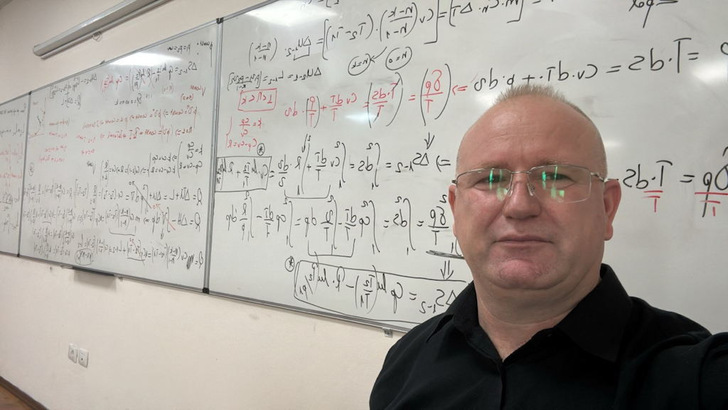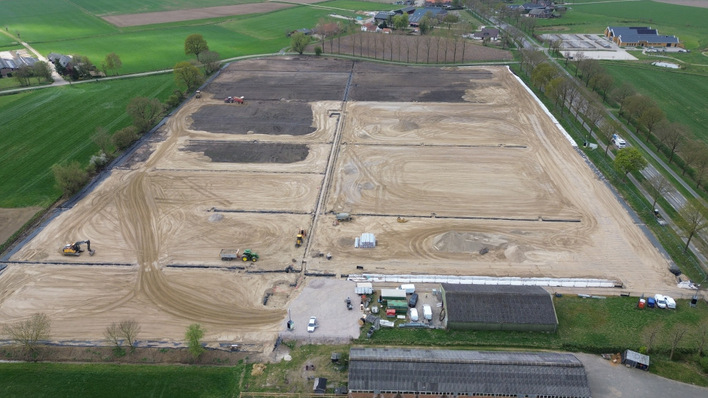Albania’s geographical location offers strong potential for photovoltaic deployment. Professor Lorenc Malka of the Energy Department at the Polytechnic University of Tirana outlines the current landscape, future scenarios, opportunities and challenges for developing photovoltaic power plants and battery energy storage systems in the country.
Prof. Malka, what is the current energy situation in Albania?
The electricity system in the Republic of Albania encompasses generation, transmission, distribution, market operation and trading. Its goal is to supply electricity to commercial customers and residential end-users. All activities are carried out by entities licensed by the Energy Regulatory Authority (ERE), in accordance with the amended Law no. 43/2015 “On the Electricity Sector”.
€30 million green bond backs R.Power in Poland
And what is the current status of renewable energy in Albania?
On the supply side, Albania’s power sector is nearly fully decarbonised, relying primarily on hydroelectric power, which generates around 95 percent of the country’s electricity. As of 31 December 2024, Albania’s total installed electricity generation capacity stands at approximately 3,213 MW. This figure includes a 98 MW thermal power plant that has never been operational due to a cooling system failure.
How has the photovoltaic sector grown in recent years?
Total installed power increased by roughly 537 MW compared to 2023, driven primarily by the addition of photovoltaic renewable energy sources. According to the 2024 ERE Annual Report, domestic electricity generation reached 7,836,626 MWh. Of this, 4,371,085 MWh (55.7 percent) was produced by KESH sh.a, the Albanian Power Corporation, while 3,465,541 MWh came from other power producers.
EBRD leads €315 million HoldCo financing for Renalfa
What is Albania’s current installed photovoltaic capacity?
In 2024, installed photovoltaic capacity reached 449.09 MW, with actual electricity generation totalling 489.4 GWh. Of this, PV plants operating under feed-in tariff (FIT) contracts produced 67,700 MWh, while those participating in the liberalised electricity market generated 158,105 MWh. The remainder was supplied by other plants.
Is electricity demand in Albania expected to increase in the coming years?
On the demand side, total energy consumption in Albania has nearly doubled since 2005, with current usage at around 24 TWh. The transport sector accounts for 38 percent, the residential sector for 25 percent and industry for 20 percent; the remainder is consumed by other sectors. Fossil fuels dominate, representing more than 60 percent of annual national energy consumption. Annual electricity consumption includes both regulated and deregulated market segments.
EBRD leads €315 million HoldCo financing for Renalfa
Albania is already strong in hydropower for decarbonisation – what makes photovoltaics necessary?
Heavy reliance on hydropower makes Albania vulnerable to climate variability. In recent years, there has been a greater focus on diversifying energy sources, with the government actively promoting renewables. Solar is already well developed and feeding electricity into the national transmission and distribution network, while wind energy remains at an early stage. The installation of renewable energy sources – especially photovoltaics – has increased as support frameworks and policies have become more favourable to PV compared to other renewables.
Interview by Manfred Gorgus.
Next Tuesday’s read: Prof. Malka on how solar energy can help balance Albania’s power mix.









